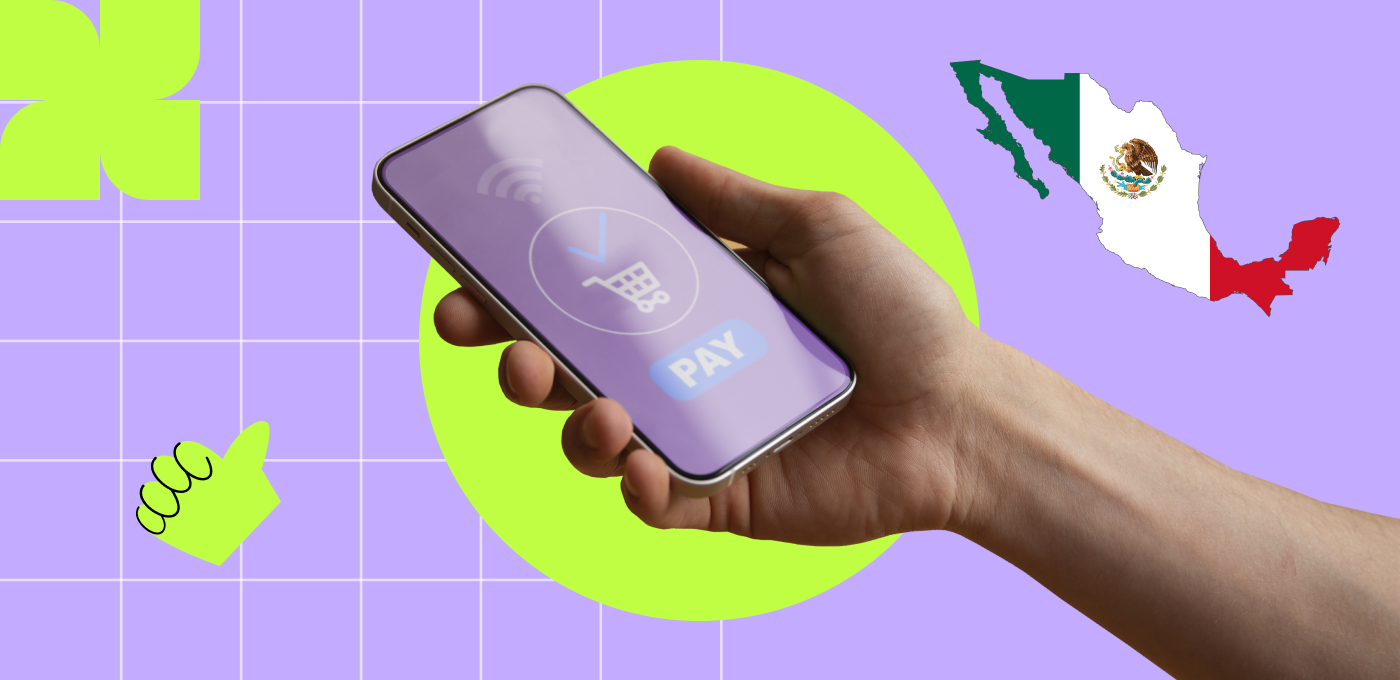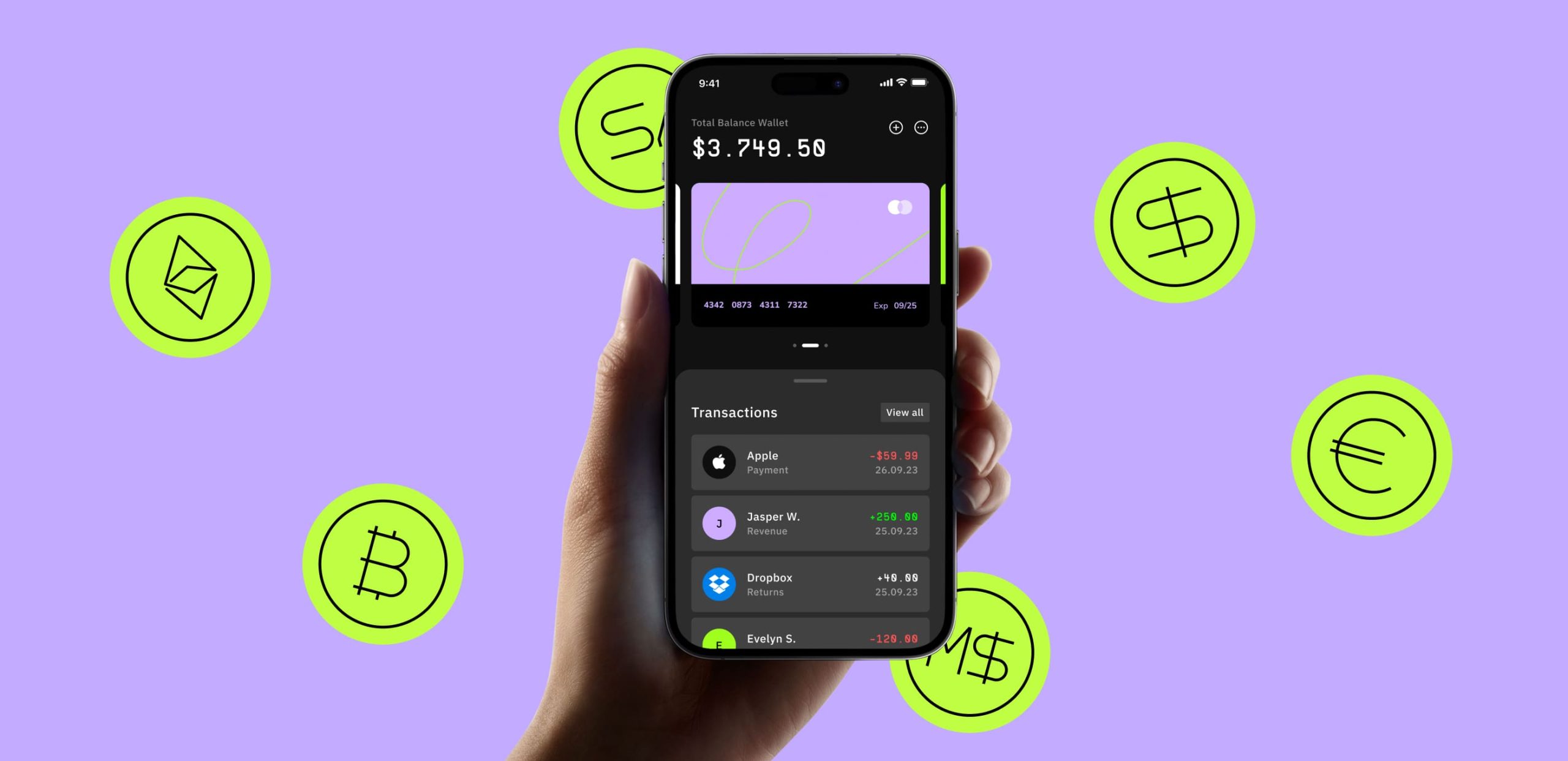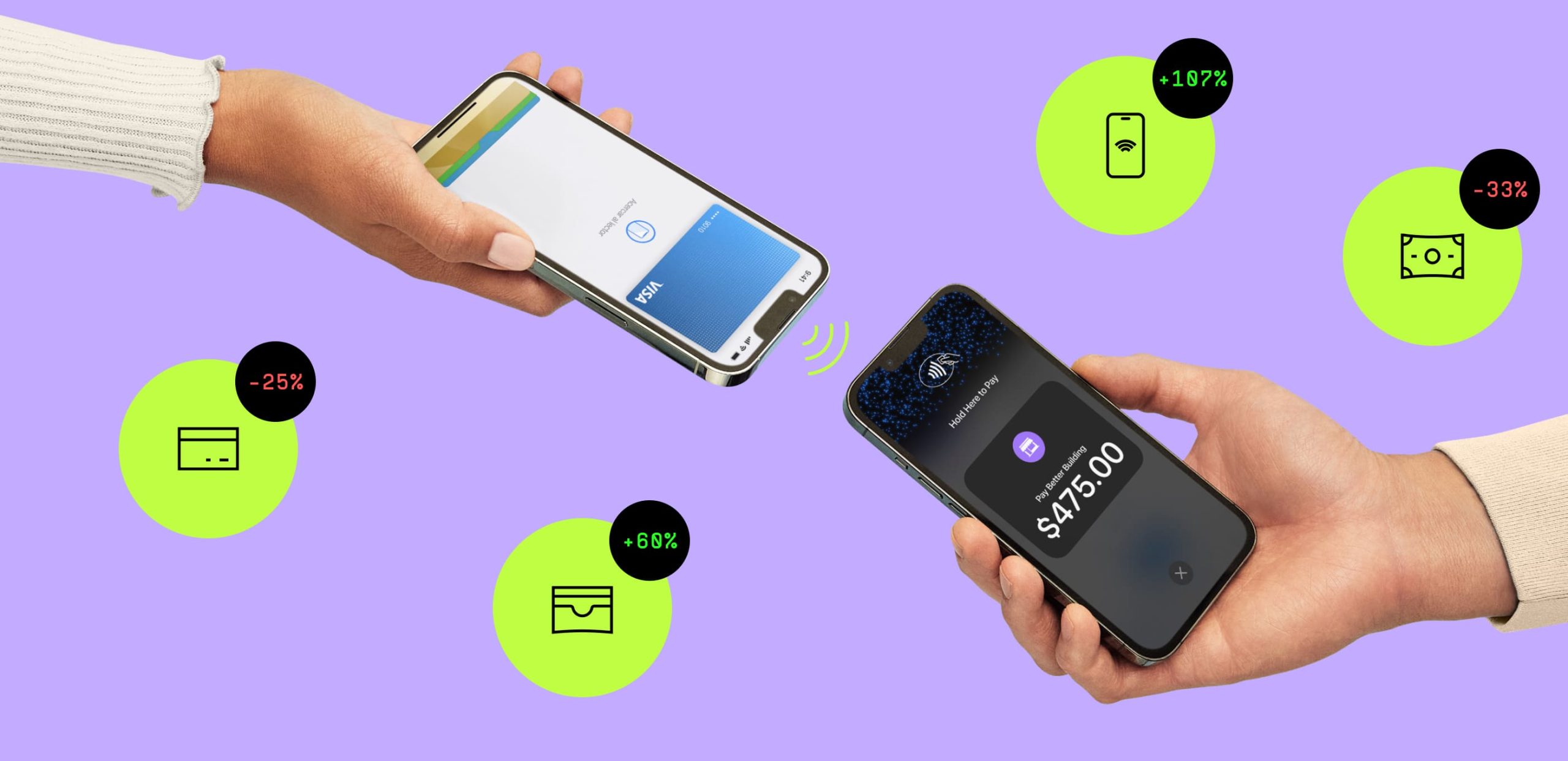With the growth of the economy and technological advancements in Mexico, both traditional and electronic payment systems are becoming more accessible and widely used locally. Mexico, which is the second most populous country in Latin America, has over 127.8 million inhabitants. Approximately 49.2% of Mexican consumers have internet access, and within this group, 74% make online purchases. The average age in Mexico is 29 years, with the highest concentration of online shoppers aged between 25 and 34 years.
Due to its vast territory and relatively young population, Mexico stands out as a promising market for e-commerce. Online shopping is rapidly growing in the country, with e-commerce sales accounting for 27% of the total Latin American market. In 2021, nearly 300 million consumers purchased goods and services online, and the Mexican e-commerce market generated approximately USD 21 billion.
Entrepreneurs considering expanding their businesses to Mexico must understand the payment methods preferred by consumers. It is essential to offer reliable and recognized payment options to attract new customers and ensure smooth transaction sales. This article explores the main payment methods in Mexico, providing insights into both traditional and modern systems, and offering guidance on setting up cross-border payment acceptance with LaFinteca.
Traditional payments
Traditional payment methods are crucial to the Mexican economy, encompassing cash transactions, bank transfers, and credit/debit card payments. Despite the relatively low use of credit cards, Mexicans who use them often opt for well-known international brands like Visa, Mastercard, and American Express. A significant portion of the Mexican population still does not have a bank account, leading many to prefer cash payments or payments at convenience stores.
Despite the growth of digital payments, cash remains the preferred method, especially in rural areas where banking infrastructure may be limited. Major banks like BBVA, Banorte, and Santander offer comprehensive services, ensuring reliable and secure traditional payment options for both consumers and businesses.
Electronic payments (mobile)
The increasing adoption of electronic and mobile payments in Mexico is driven by the expansion of smartphone use and greater internet accessibility. These payment methods have gained popularity among younger and tech-savvy consumers due to their convenience, speed, and security.
In the Mexican market, there is a wide range of options for online transactions facilitated by various leading platforms, including convenience stores such as Oxxo, 7-Eleven, Farmacias del Ahorro, Circulo K, and Famsa. These locations allow customers to pay for their online purchases and receive vouchers for future use, a practical solution especially for those without a bank account. Among the most popular electronic payment options in Mexico are Oxxo, Mercado Pago, and PayPal.
Oxxo
Oxxo, a chain of convenience stores, plays a unique role in Mexico’s payment ecosystem. It allows consumers to make online purchases using cash. Shoppers can select Oxxo as a payment method during online checkout, receive a payment code, and pay the corresponding amount at any Oxxo store. This system bridges the gap between cash-based consumers and online retailers, making e-commerce more inclusive.
Mercado Pago
Mercado Pago, part of the Mercado Livre ecosystem, is one of the most widely used electronic payment platforms in Mexico. It offers a variety of services, including online payments, transactions via QR code, and even lines of credit. Its integration with Mercado Livre, the leading e-commerce platform in Latin America, has significantly increased its popularity and adoption among consumers and businesses.
PayPal
PayPal is a global payment platform with a strong presence in Mexico. Known for its ease of use and robust security features, PayPal allows users to link their bank accounts or credit cards to make seamless online transactions. It supports multiple currencies, making it an ideal choice for cross-border payments. Additionally, PayPal’s buyer protection policies provide an additional layer of security for online shoppers.
Spei
The Sistema de Pagamentos Eletrônicos Interbancários (Spei) is a real-time gross settlement system operated by the Banco de México. Spei enables fast and secure transfers between bank accounts, often completed within minutes. This system is widely used for personal and commercial transactions, thanks to its efficiency and reliability. Spei’s integration with mobile banking apps has further increased its accessibility and convenience.
Setting up cross-border payment acceptance with LaFinteca
For businesses looking to expand their reach and accept cross-border payments, partnering with LaFinteca can be highly beneficial. LaFinteca specializes in providing payment gateway solutions that meet the diverse needs of the Mexican market. By integrating LaFinteca’s services, businesses can offer multiple payment options to their customers, including both traditional and electronic methods. This integration not only simplifies the payment process but also ensures compliance wit local regulations, enhancing the overall customer experience.
Final considerations
Understanding the main payment methods in Mexico is essential for businesses aiming to succeed in this dynamic market. By leveraging both traditional and electronic payment systems, businesses can reach a broader audience and facilitate smoother transactions. Platforms like LaFinteca play a crucial role in this ecosystem, providing the necessary tools to navigate the complexities of cross-border payments. As Mexico continues to embrace digitalization, staying informed about these payment trends will be key to maintaining a competitive edge.
 Argentina
Argentina  Mexico
Mexico  Peru
Peru  Chile
Chile  Colombia
Colombia  Ecuador
Ecuador  COSTA RICA
COSTA RICA 




